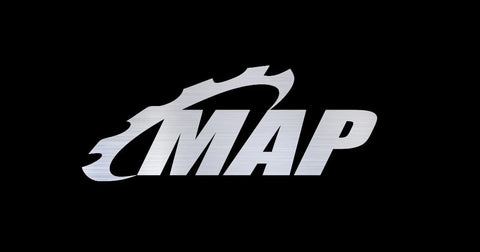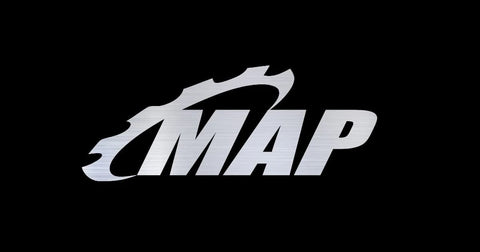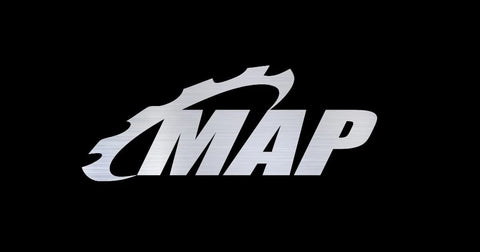The world of automotive upgrades is built around a single drive that most car connoisseurs share, a need for speed and for the sensation that comes from being in control of the machine you can feel carrying you down the road. Getting the speed you need from the machine you've chosen to customize is a more complex puzzle than many beginners realize, though. That's why some car owners spend years if not decades working to optimize their custom builds on individual cars or car lines. From muscle car fanatics to four-cylinder tuner types, there are a lot of approaches and each one is designed to unlock the power, acceleration, and control necessary for certain vehicles. So how can you make sure you get the most out of your engine when you've already made the upgrades that bring in more air and fuel? That's when it's time to look into how your car uses its power, which means you've finally gotten ready to tune up the transmission.
Full Transmission Upgrades vs. Gear Upgrades
When it comes to upgrades for your transmission, there are two ways you can go. A full racing transmission upgrade is usually recommended for anyone who is still running a stock setup, because it covers all the basic parts you need to upgrade to enjoy better responsiveness when working at competition speeds and power profiles. If you're already running a performance transmission or you're looking to make a few custom modifications to a system that already works well for you, then you can also look into individual drive gear upgrades. This gives you an opportunity to increase your performance in key ways according to the selection you make, including:
- Final drive gear upgrades to handle the forces encountered at racing speeds
- Custom designed close ratio gear kits to help you change your acceleration curve and optimize your shifting pattern
- Racing gears to provide individual performance increases in specific gear settings
These changes allow you to really customize the feel of the car, making it perform its best while conforming to an ideal shifting profile that fits your driving style. Needless to say, if you're really looking to compete, you need a racing tier transmission upgrade kit as well as the performance racing gears that let you achieve this level of customization. You just might not need them all at once. The key is finding the right upgrade for your current needs and vehicle model. After all, the final drive upgrade for your EVO is not going to be the same as, say, a close ratio gear upgrade for an older Acura.
When To Upgrade Gears
There's a bad habit among racer drivers and car enthusiasts in general in the United States when it comes to transmissions, one that you don't see in other cultures with a lot of investment in racing and automotive design. It's the tendency to load up on power boosting modifications until the transmission can't handle the torque. In a lot of cases, today's gear heads only think about transmission tuning and upgrades when they're already experiencing either a loss of control because of torque overload or a loss of power due to lack of precision in the gearing. Either way, the engine puts stress on the drive train and transmission system that doesn't need to be there. In Japan and a lot of countries on the European race circuit, transmission upgrades are seen as part of a balanced process and instituted alongside power upgrades, putting the engine's higher torque output to work without waste.
Working a rotation when it comes to upgrades means making sure your transmission's performance is always optimized to your vehicle performance. This leads to better use of the power as you add it to your engine, allowing you to make more significant performance gains from each upgrade. Of course, you're not going to want to upgrade your transmission every single time you upgrade your engine. Instead, upgrade as soon as you feel any kind of torque pull during a shift, even a subtle one. Not only does it mean you'll get to put that power to work instead of losing it, the upgrade also means your transmission is handling those new forces with less wear and tear on the vehicle's structural integrity and drive train.
Working Your Upgrade Rotation
Transmission upgrades are important to your rotation because they provide you with an opportunity to put your power usage curve right where you always wanted it to be. Upgrade smart, and do it in shifts between power upgrades, so you have a smoother, more predictable path to the performance you always wanted. It's the key to timing those upgrades so they'll be the most useful.





Comments (0)
There are no comments for this article. Be the first one to leave a message!